This is all about Hagi Castle Ruins you want to know.
Every information you get on this site will be from a credible source based on Japanese history (books for reference).

Speaking of old castle picture maps, there are two typical example of a castle picture in the Edo period. The one is collected by the Inagaki family, the Toba Daimyō from the mid-Edo period to the Meiji Restoration, as materials for military studies. There are about 350 illustrations, but there is no uniformity because only illustrations of castles, illustrations including castle towns, and old battlefield illustrations are mixed.
The another is "The Shōhō Shiroezu", picture of the castle and castle town that the Edo Shogunate ordered the daimyō to create and submit,aggregating military information such as the buildings inside the castle, the height of the stone wall, the width of the moat and the water depth, etc., it also details the location and shape of the castle town and the mountain river.

World Heritage Listed in 2015, the castle town that spreads out from the outer moat of the former Hagi Castle, the streets of the town were divided in a grid pattern, and middle and lower grade samurai residences were lined up. The town street remains as it was even now, and retains the image of the past, also a must-visit spot.
Profile : Hagi Castle Ruins
| Location | Hagi City, Yamaguchi Prefecture |
| Also known as | Shiduki Castle |
| Type of castle | Hilltop |
| Mountain's name | Mt.Shizuki |
| Elevation | 143m |
| Condition | Ruins |
| Designation | World Heritage National Important Preservation Districts for Groups of Traditional Buildings National Historic Sites |
| Year built | 1604 |
| Abolished | 1874 |
| Castle lord | Mōri Terumoto |
| Refurbishment lord | ー |
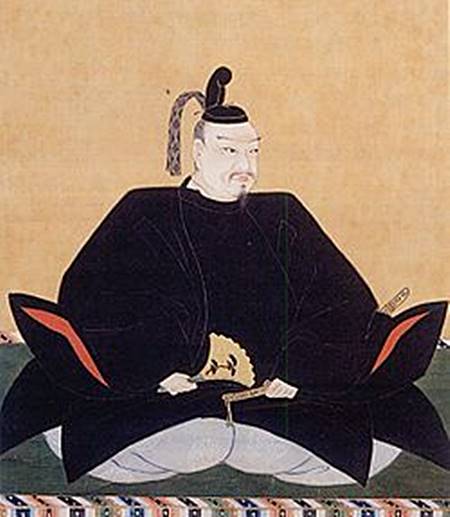

adapted from "Classical Japanese National Data Set" (Kokubunken Collection)
The family crest was originally created from the pattern that the emperor and the royal family put on the kimono, and the pattern was made into a fixed pattern, and the one attached to his own oxcart is said to be the beginning of the family crest. The warlords drew large crests on the flag-fingers, used to distinguish enemy views on the battlefield, and used by the generals to determine which warlords were active and how much.
Hagi Castle admission
admission fee : 220yen (Adult) 100yen( junior high and elementary students)
admission time :
(April 1-October 31) : am8-pm6.30
(November 1-Febrary 29) : am8.30-pm4.30
(March 1-March31) : am8.30-pm6
closing period : open everyday reference official site
Hagi Castle Google Map
Hagi Castle Images
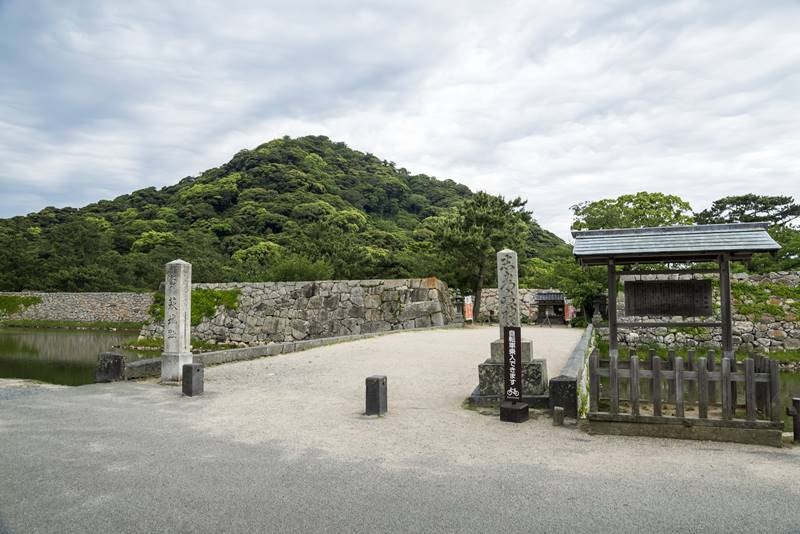
Terumoto submitted Hōfu, Yamaguchi, and Hagi to the Shogunate as candidates for the construction of the castle, but Hagi, a small cold village in San'in region, which was far from convenient, was decided by the Shogunate. It is said that the reason that the Shogunate made Hagi a castle was to relocate non-hereditary vassals (tozama daimyō) Mori Clan to a remote area.

The main keep was built in the form of sticking out to inner moat in southwest corner of Honmaru. Tall stone wall (Takaishigaki) with a fan slope is beautiful. A five level-five story Bōrō type main keep was once built on this base.
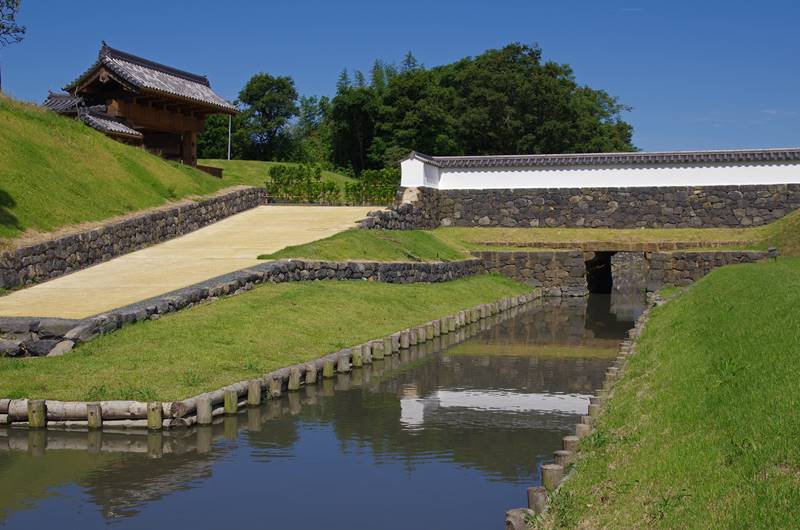
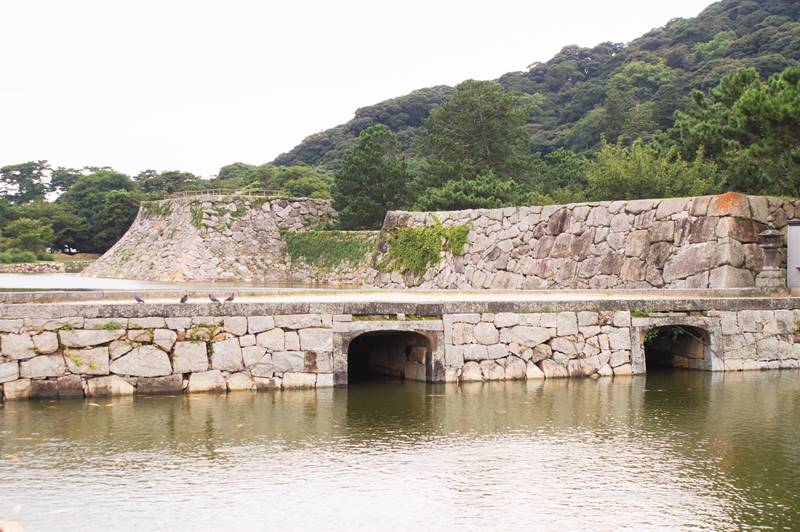

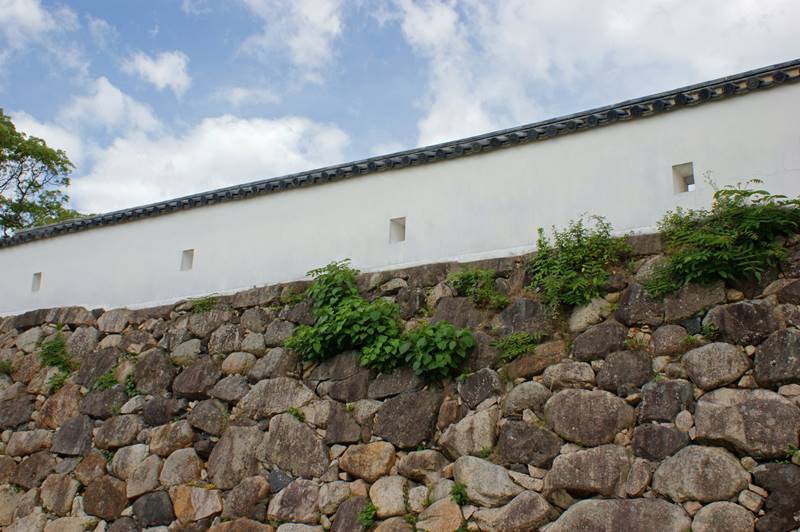
It is restored to the Ninomaru facing Kikugahama. A square crenel is opened to counter attacks from the sea.
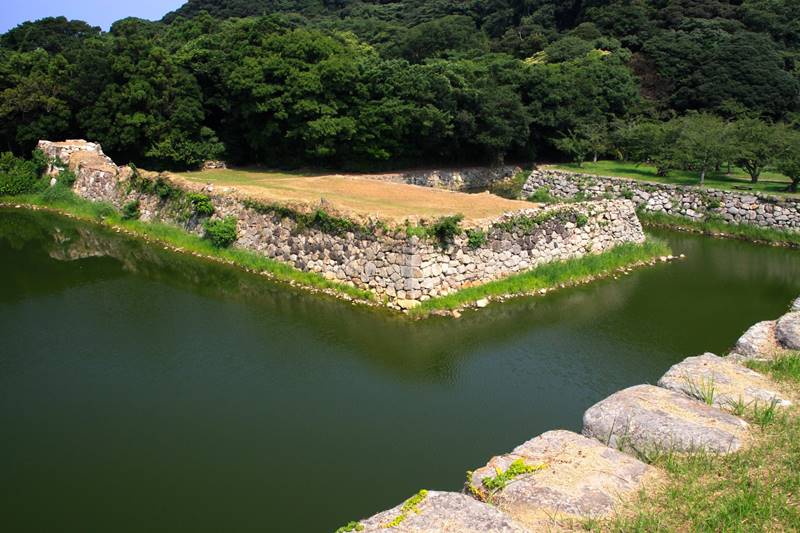
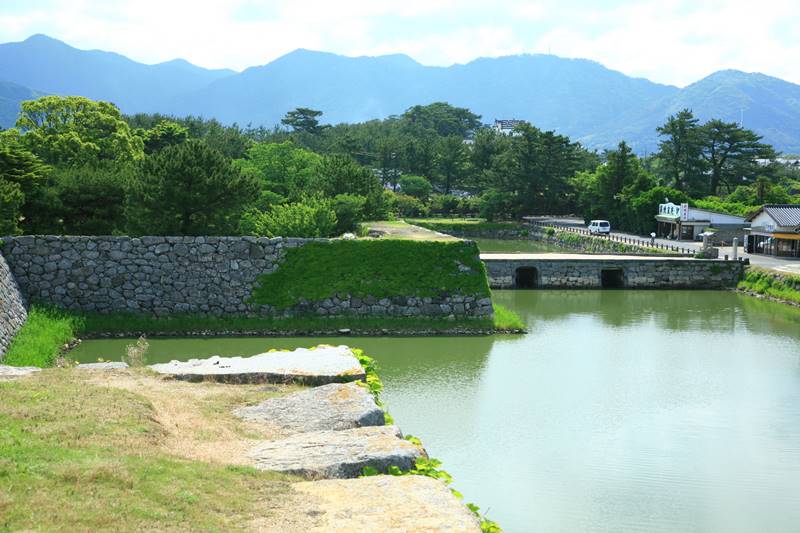

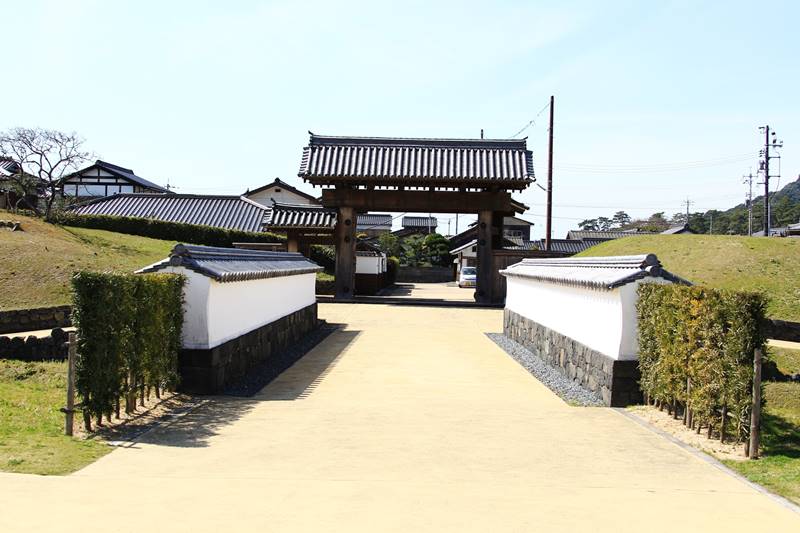
The north gate (Kōraimon) is one of three main gates to go into Sannomaru from castle town.
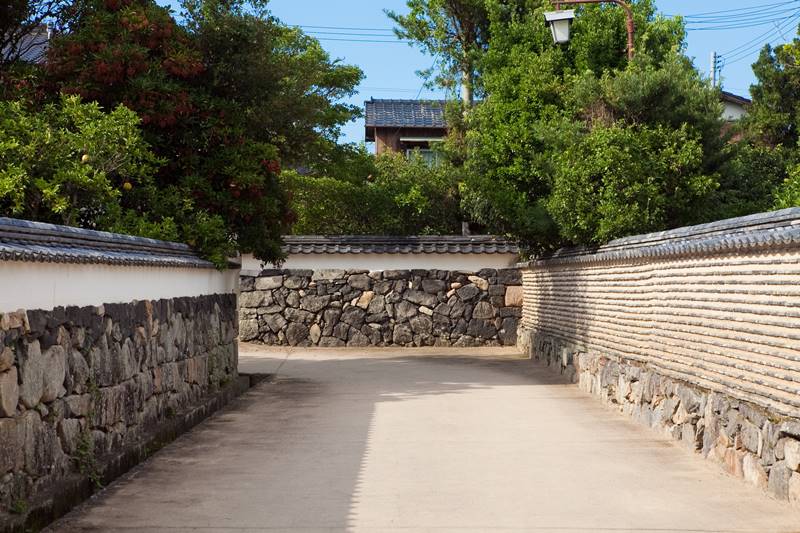
It was Hagi Castle Sannomaru. The area is lined with clan government offices and senior samurai residences. ”Horiuchi Kagimagari" is a right-angled road, the tall fences on the left and right of the road make the castle town unique defense that prevents the invasion of foreign enemies.
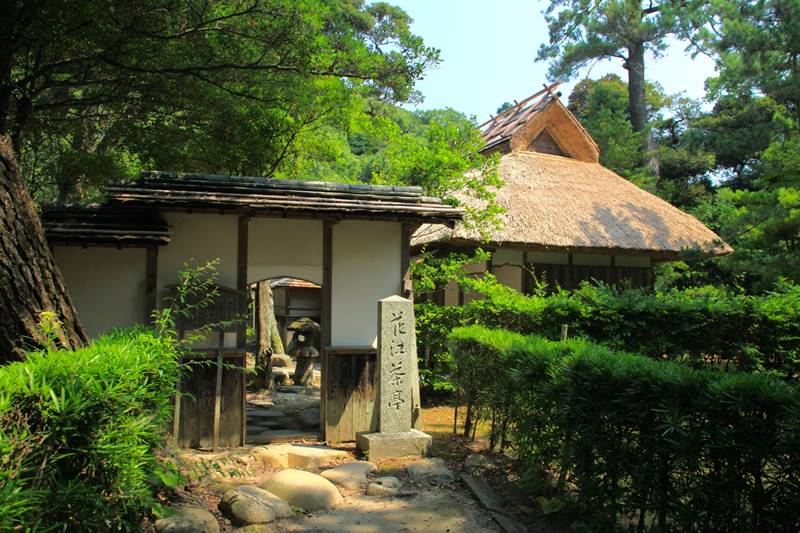
It was relocated to the park in Meiji era. The 13th feudal lord of the Edo period, Mōri Takachika, expanded the lord's annex, Hananoe Goten, and entrusted the tea ceremony with his vassal to discuss the debate.
Link : Amazing Castle Town
【north japan】Kanazawa Castle 【east japan】Kawagoe Castle【south japan】Obi Castle 【west japan】Tsuwano Castle 【west japan】Matsue Castle 【west japan】Hagi Castle
